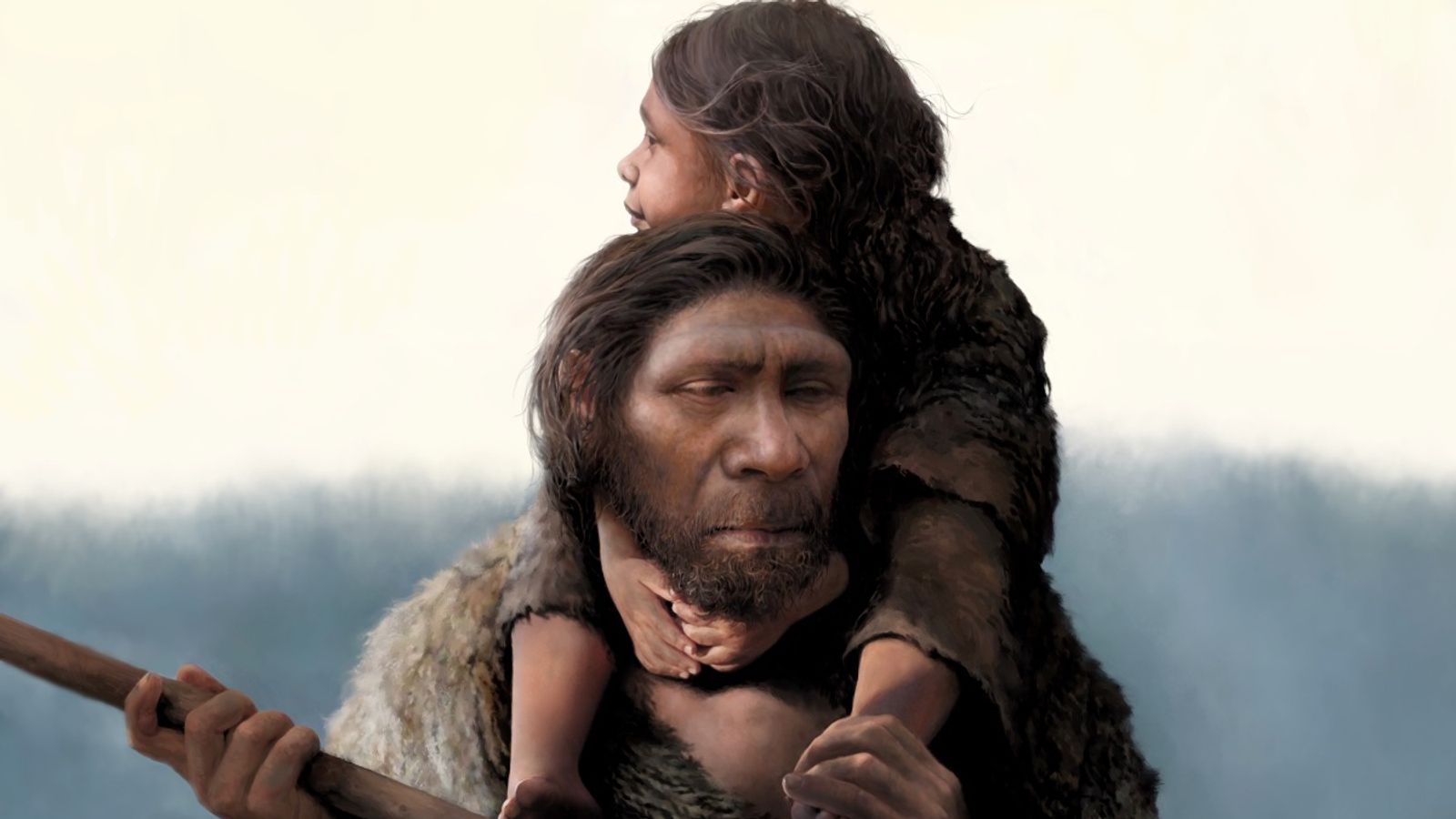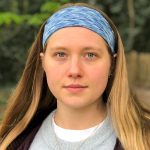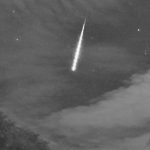A father and daughter are among the remains of what researchers say is evidence of Neanderthal family life.
DNA from eight adults and five children – seven of which were male and six female – was recovered from a cave in southern Siberia, a region which has proved fruitful for such research.
As part of what is the largest number of Neanderthal remains ever sequenced in a single study, researchers found several so-called heteroplasmies were shared between the individuals.
These are a special kind of genetic variant that persist for only a few generations, and therefore are a telltale sign of some sort of family connection.
As well as the father and his teenage daughter, a pair of second-degree relatives were discovered – a young boy and adult woman, possibly a cousin, aunt, or grandmother.
“The fact that they were living at the same time is very exciting,” said study author Laurits Skov.
“This means they likely came from the same social community. So for the first time, we can use genetics to study the social organisation of a Neanderthal community.”
How the Black Death shaped how our bodies tackle today’s diseases
Astronomers have mapped the remains of a dead star – with surprising results
Microsoft ‘cuts around 1,000 jobs’ as big tech responds to tough global economy
A treasure trove of discovery
The cave where the remains were found has been a treasure trove for previous studies.
Chagyrskaya Cave has been excavated several times over the last 14 years, with more than 80 bone and teeth fragments of Neanderthals found, as well as several hundred thousand stone tools and animal bones.
Neanderthals at Chagyrskaya and another cave, Okladnikov, hunted horses, bison and other animals which migrated through the nearby river valleys.
They made their tools from raw materials collected dozens of kilometres away, and the new genetic data provides further evidence that the groups who lived in the caves were closely linked.
Another of the study’s authors, Benjamin Peter, said: “Our study provides a concrete picture of what a Neanderthal community may have looked like.
“It makes Neanderthals seem much more human to me.”
Previous work done at the site also shows that the Neanderthals interacted with another ancient human population known as the Denisovans.
Both were present in the region for hundreds of thousands of years, and a prior study found that one cave girl’s mother and father were from each group.
But there was extremely low genetic diversity within the community found at Chagyrskaya, consistent with a small group of only 10 to 20 people.
For more on science and technology, explore the future with Sky News at Big Ideas Live 2022.
Find out more and book tickets here






















